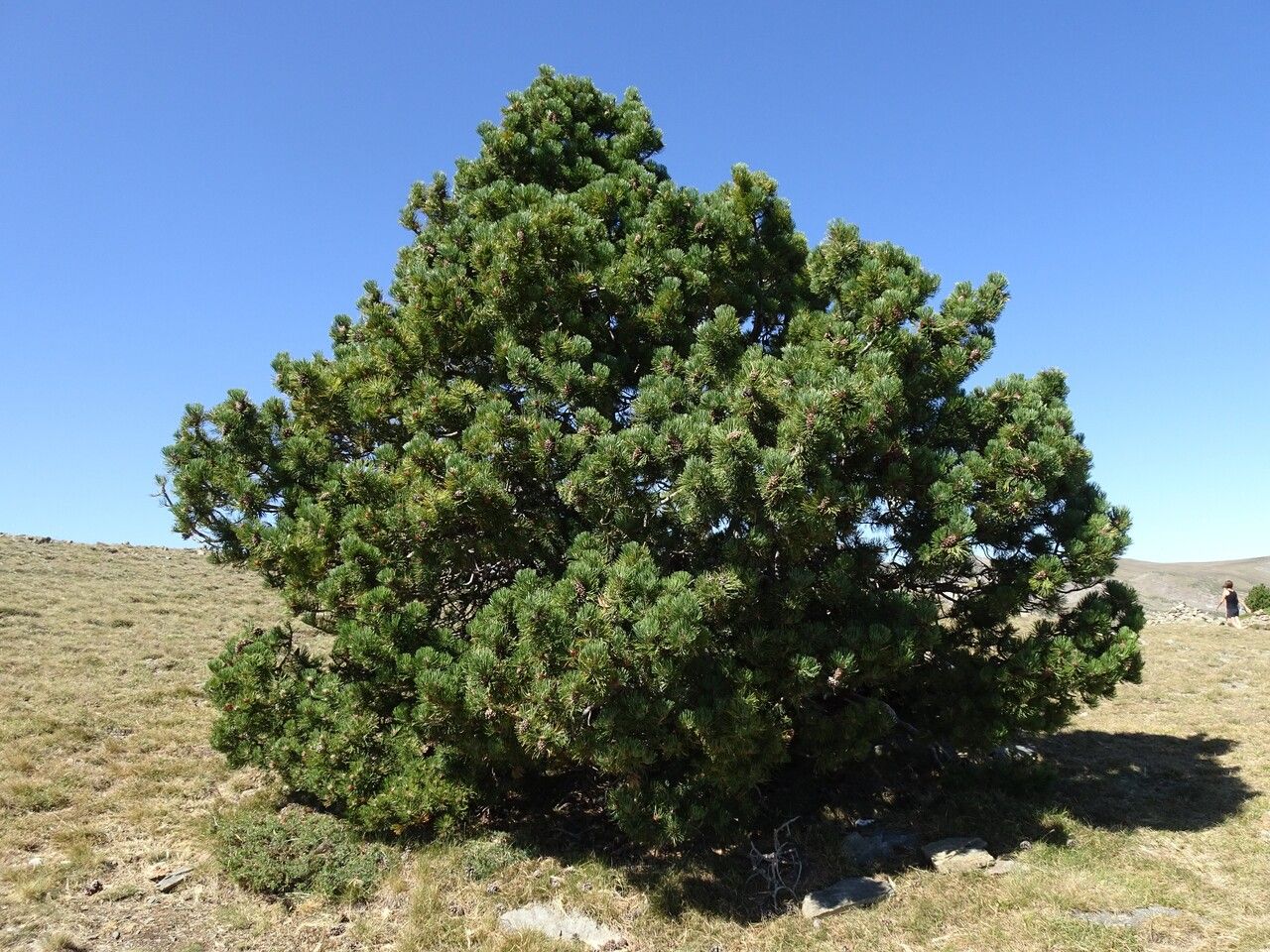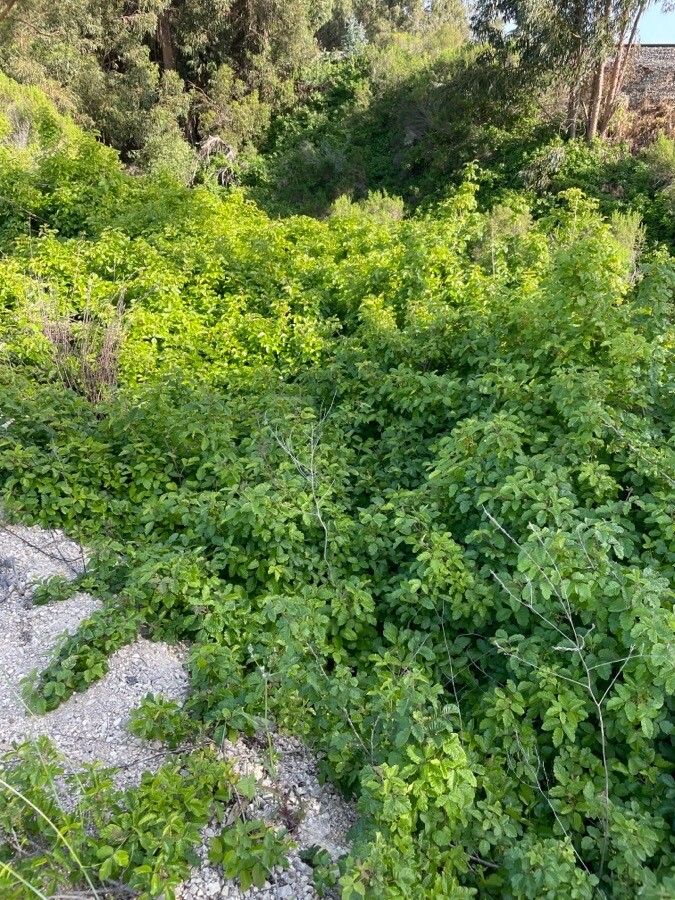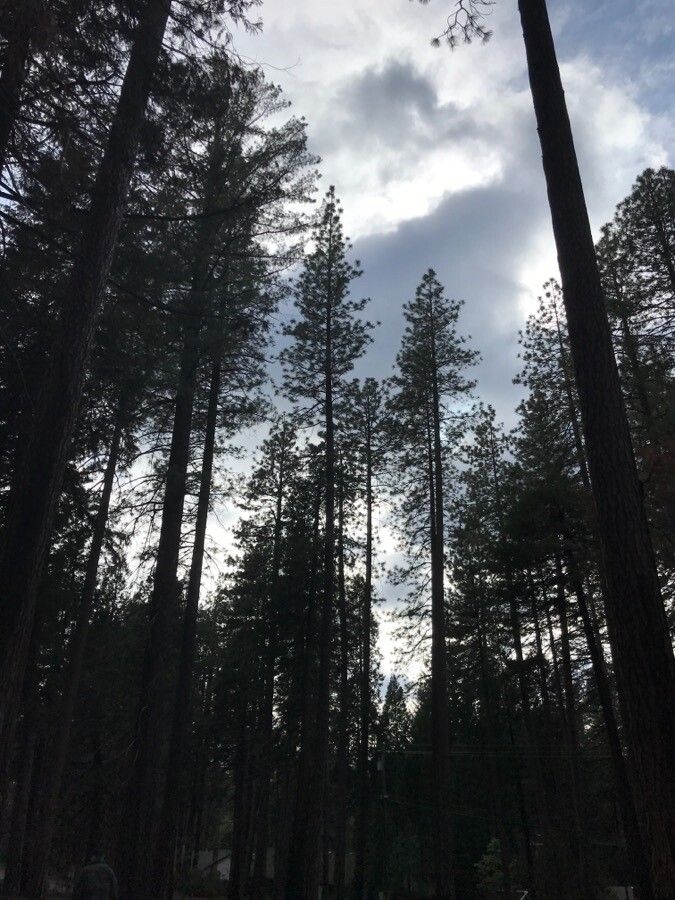## Dwarf Mountain Pine: A Complete Guide
The Dwarf Mountain Pine ( *Pinus mugo* var. *pumilio*), a low-growing evergreen conifer, is a popular choice for landscaping and rock gardens. Its compact size and rugged beauty make it a versatile addition to any garden, offering year-round interest. Belonging to the Pinaceae family, this hardy plant thrives in challenging conditions, making it ideal for gardeners seeking low-maintenance, visually striking options.
### Habitat and Growth
Native to mountainous regions of central and southern Europe, the Dwarf Mountain Pine is accustomed to harsh environments. It prefers full sun to partial shade and is remarkably tolerant of poor, well-drained soils. This adaptable plant can withstand strong winds and heavy snow, exhibiting excellent resilience. While slow-growing, it typically reaches a mature height of only 2-4 feet and a spread of 4-6 feet, making it perfect for small spaces.
### Soil Needs and Planting
While adaptable to various soil types, the Dwarf Mountain Pine thrives in well-drained, slightly acidic to neutral soils (pH 5.5-7.0). Poor, rocky soils are tolerated, highlighting its resilience. Avoid planting in heavy clay soils that retain too much moisture, as this can lead to root rot. When planting, ensure the root ball is not buried too deeply and that the surrounding soil is well-amended with organic matter to improve drainage.
### Sun Exposure and Watering
Full sun is ideal for Dwarf Mountain Pine; however, it can tolerate some shade, especially in hotter climates. Regular watering is crucial, particularly during the first year after planting. Once established, these plants are quite drought-tolerant. However, during periods of prolonged drought, supplemental watering will maintain optimal health and vigor. Overwatering should be avoided, leading to root rot and other fungal diseases.
### Maintenance and Pruning
Dwarf Mountain Pines require minimal maintenance. Light pruning is recommended to remove dead or damaged branches. This can be done in late winter or early spring before new growth emerges. Avoid excessive pruning to maintain the natural shape of the plant. Fertilization is rarely needed unless soil is particularly poor. If fertilizing, use a slow-release granular fertilizer specifically formulated for conifers.
### Pests and Diseases
Generally, Dwarf Mountain Pines are resistant to many common pests and diseases. However, they can be susceptible to pine needle scale and other sap-sucking insects. Regular inspection and prompt treatment with appropriate insecticides can prevent infestations. Fungal diseases, such as root rot, are more likely in poorly drained soils. Ensure good drainage and air circulation around the plant to minimize the risk of fungal problems.
### Uses in Landscaping
The Dwarf Mountain Pine's versatility makes it a prized addition to various landscaping designs. It's perfect for rock gardens, borders, slopes, and as a ground cover in areas with poor soil. Its compact nature makes it suitable for smaller gardens, while its rugged texture provides an interesting contrast to other plants.
The Dwarf Mountain Pine is a low-maintenance, hardy evergreen that offers beauty and resilience to any garden. Its adaptability and unique characteristics make it a must-have for both novice and experienced gardeners.
Dwarf Mountain Pine: A Complete Guide

Frequently Asked Questions
How do I care for a dwarf mountain pine?
Provide well-drained soil, full sun to partial shade, and regular watering, especially during the first year. Light pruning to remove dead or damaged branches is recommended.
What are the best growing conditions for dwarf mountain pines?
Dwarf mountain pines thrive in full sun to partial shade, well-drained soil (slightly acidic to neutral), and are remarkably drought-tolerant once established. Avoid heavy clay soils.


